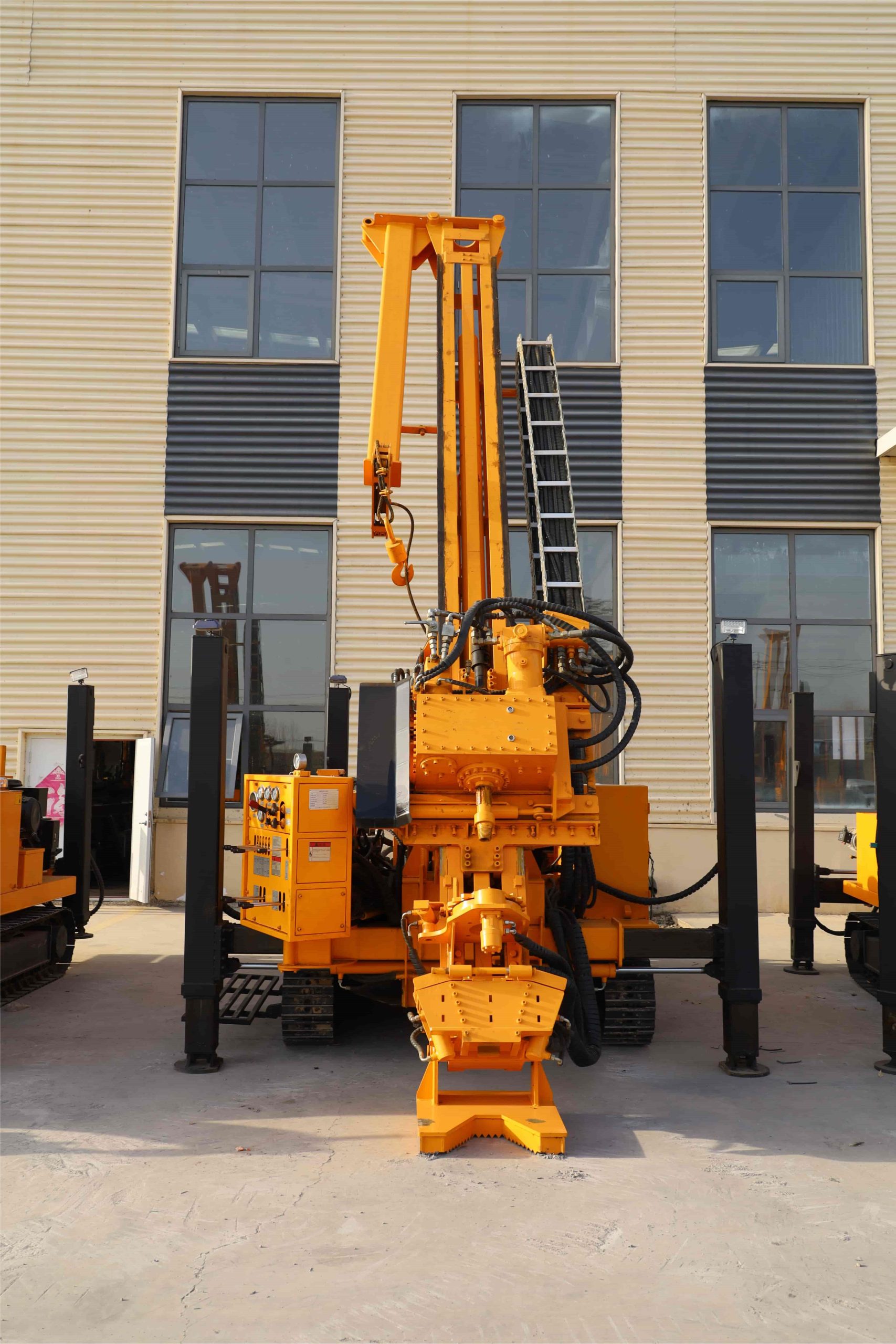Core Drills in Mineral Exploration
The information obtained from core samples can determine the viability of a potential mining site.
When exploring for minerals, drillers use core drills to extract samples from deep within the earth.
The drill string, which can be extremely long, is lowered into the ground, and the core drill bit cuts through the rock layers.
As the bit advances, a cylindrical core of rock is captured inside the drill bit and brought to the surface.
Geologists then carefully analyze these core samples.
They look for various characteristics such as the presence of valuable minerals, the texture and composition of the rock, and the stratigraphic sequence.
By studying the mineral percentages in the core samples, exploration companies can estimate the potential value of the mineral deposit.
For example, if a core sample shows a high concentration of gold or copper, it indicates a promising area for further exploration.
The stratigraphic contact points in the core samples are also crucial.
These points mark the boundaries between different rock layers and can provide information about the geological history of the area.
Understanding the stratigraphy helps geologists determine the likely location of mineral deposits.
For instance, certain minerals are often found in specific rock formations, and by identifying these formations in the core samples, geologists can narrow down the areas for more detailed exploration.

 แท่นขุดเจาะ Bangxin
แท่นขุดเจาะ Bangxin